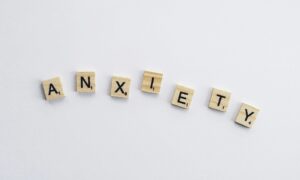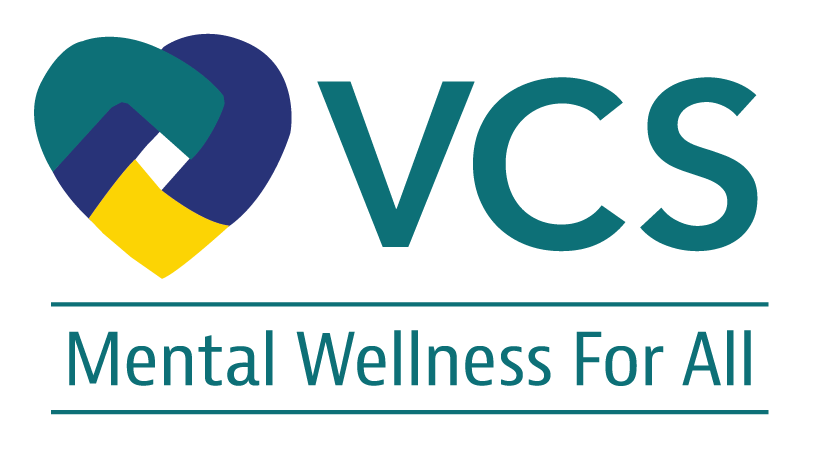Anxiety disorders can impair daily living, thus it is critical to understand the many forms and symptoms. Here’s a quick review of four typical anxiety disorders:
1. Generalized Anxiety Disorder (GAD).
GAD is characterized by persistent, excessive worry and anxiety about everyday concerns over months or years. Symptoms include restlessness, weariness, difficulty concentrating, irritability, muscle tightness, and sleep problems. Cognitive behavioral therapy (CBT), relaxation techniques, and, on occasion, medication are common treatments.
2. Panic disorder.
Panic disorder is characterized by frequent, unexpected panic attacks—intense bursts of fear or terror that do not offer an immediate threat. Physical symptoms may include a fast heart rate, chest pain, difficulty breathing, dizziness, sweating, and numbness. Panic attacks can make you feel alienated from reality or fear a heart attack. Cognitive behavioral therapy and medications can be effective treatments.
3. Phobia-related disorders
Phobias are extreme anxieties of specific objects or circumstances that outweigh any actual risk. Agoraphobia (fear of public places) and claustrophobia (fear of enclosed areas) are two common examples, as are fears of flying, heights, certain animals, and needles. Treatment often consists of exposure treatment, which gradually exposes the dreaded object or circumstance, as well as medication if necessary.
4. Social Anxiety Disorder.
Social anxiety disorder is characterized by intense fear of social interactions and concerns about being criticized or shamed. This can interfere with regular activities such as work, school, and social gatherings. Therapy, medicine, and support groups can all help you manage your symptoms.
Recognizing these diseases might assist in getting proper treatment. While anxiety problems can be difficult to manage, there are effective therapies available.
